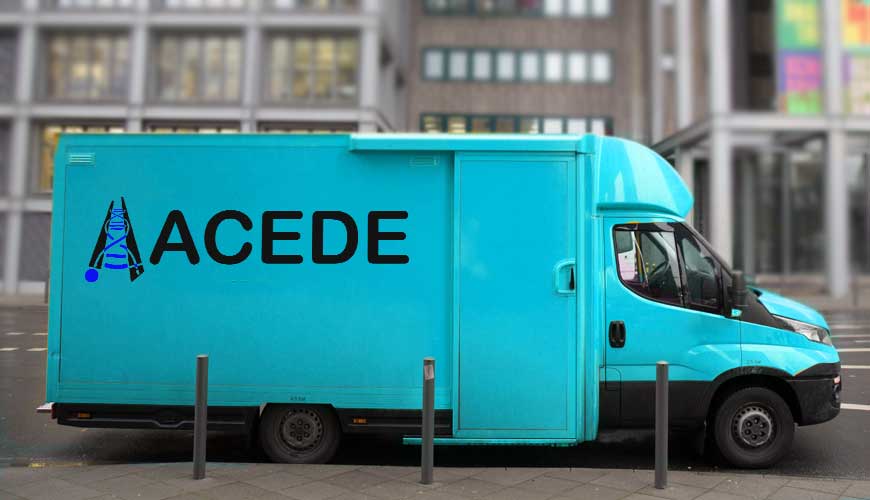Ecommerce Ingredient List: 14 – Fulfillment Solution

Our ‘Ingredients for Ecommerce Success‘ series of articles was originally inspired by a single slide in a training course developed by Aquitude about ‘Print on Demand’ (POD) e-commerce. As such, it assumed that when choosing your POD partner, fulfillment and delivery was part of the services provided by them.
However, if you are a retailer who is looking to go online for the first time, or you are looking to do a more ‘traditional’ ecommerce business, fulfillment and delivery are an ingredient you need to have prepared before moving onto the recipe.
Many ecommerce projects are delayed because of the lack of infrastructure within a business that is required to support online order taking as a new channel.
What is Fulfillment?
No, this is not some kind of spiritual question. We are talking about what happens to an order once it is received via your e-commerce platform. Fulfillment is more than just delivery and it has a big impact on your ecommerce and business strategy. In fact, fulfillment could become part of your Value Proposition – like Amazon.
For example, your value proposition might be “Free, same day delivery”. Sounds great to a customer, but what does that mean for your business? How much stock do you have to carry to guarantee that promise? What does a ‘free’ delivery cost you?
Here are just some of the things you might want to consider when it comes to the fulfillment processes relating to your ecommerce channel. Ask whether these will be done in-house or through a partner.
- E-commerce store and fulfillment center integration
- Receiving and inventory management
- Picking & packing
- Delivery / Shipping
- Returns processing
Setting up to Fulfill orders.
Your business may be set up to deliver pallets direct from your manufacturing facility to your warehouses to your stores, not individual items to customer addresses. You may not have warehouses. You may need to pick orders from store stock and you may have multiple stores.
You need to think about these things before you choose an ecommerce platform as different solutions have different capabilities. Without getting into too much detail about the technology stack required, you might need a separate Enterprise Resource Planning (ERP) system, an Order Management System (OMS), a Warehouse Management System (WMS) which may need to integrate into your ecommerce tools.
Building Foundations for the Future
This article is part of our ‘Ingredients’ list, so it is not intended to get into the detail of ‘how’ to do fulfillment, but as events like COVID-19 have shown, even the most experienced ecommerce brands have been caught short fulfilling orders for customers.
Whether it be a shortage of skilled people to pick and pack orders, or changes to the way payment is taken or how packages are handled, taking the orders relatively easy.
Retailers around the world are accelerating their digital transformation programs.
“Robots used to be a fun thing that we talked about in meetings, but now it is firmly on the agenda. Automated warehousing solutions is not something we considered, because the business case never stood up against the relatively cheap cost of labor. But COVID-19 has changed that. And it might mean some jobs don’t come back.”
Middle East Retailer
Disruption will also lead to innovation in the ‘last mile’ delivery space.
“We are seeing an increase in curbside pick-up and we have invested in lockers so that people can pick up their goods from specified locations. This behaviour has been seen in other markets, but it will become more common in places like the UAE and Saudi Arabia.”
Middle East Retailer
What next?
We don’t expect to teach you everything you need to know about this subject in 600 words. This is a specialised piece of ecommerce. Here’s a pro-tip – look at the blogs from some of the vendors in the space – companies like ShipperHQ who exist to help merchants’ lives easier when it comes to shipping.
And stay tuned for the next ‘Ingredients for Ecommerce Success‘ article.



